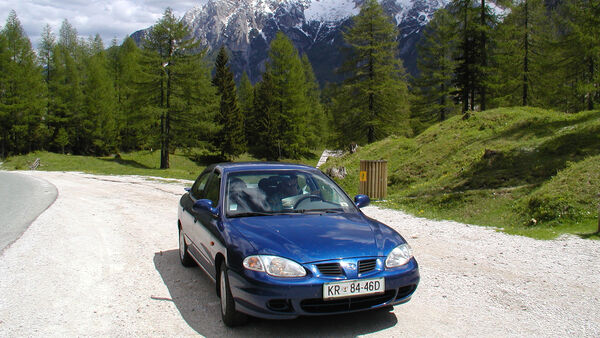Rental-Car Red Tape in Europe
By Rick Steves
Every country has its own take on who can rent/drive a car. Follow these tips to make sure you'll be able to take the wheel at your destination.
Passports, Driver's Licenses, and International Driving Permits
If you're American or Canadian, your passport and driver's license are all you need in most European countries. However, some countries also require an International Driving Permit (IDP). An IDP is an official translation of your US license (making it easier for a local police officer to write out a ticket). Anyone can get an IDP from the American Automobile Association or Canadian Automobile Association ($20 in the US, requires two passport photos). AAA is authorized by the US State Department to issue permits; avoid scam artists peddling overpriced, fake international licenses.
You may hear contradictory information on exactly where you need an IDP. People who sell them say you should have them almost everywhere. People who rent cars say you need them almost nowhere. People who drive rental cars say the IDP is overrated, but can come in handy as a complement to your passport and driver's license. It's a good idea to get one if you'll be driving in Austria, Bulgaria, Czech Republic, Estonia, Greece, Hungary, Italy, Poland, Romania, Slovenia, Slovakia, or Spain — countries where you're technically required to carry a permit. If all goes well, you'll likely never be asked to show it — but the permit is a must if you end up dealing with the police.
Age Limits
Minimum and maximum age limits for renting a car vary by country, type of car, and rental company. Younger renters can get stuck with extra costs, such as being required to buy extra insurance or pay a surcharge of $15–40 per day (fortunately, there are usually maximum surcharge limits). Many companies will not rent a car to someone under age 21 (with some exceptions, depending on the country and type of car), but those who are at least 25 years old should have no problem.
Drivers over age 70 may have trouble renting in the Croatia, the United Kingdom, Poland, Slovakia, Slovenia, and Turkey; drivers over 75 may have trouble in Greece and the Republic of Ireland (though in Ireland, some rental companies will rent to those over 75 if they provide extensive proof of good health and safe driving). If you're considered too young or too old, leasing could be an option. Leasing has less stringent age restrictions but isn't available in all countries.
Crossing Borders
Your car comes with the paperwork you need to drive wherever you like throughout most of Europe (always check when booking). But if you're heading to a country in the far eastern or southeastern parts of Europe, especially one that has closed borders (such as Bosnia-Herzegovina or Montenegro), you may need to pay extra for the rental itself and/or for additional insurance. State your travel plans up front to the rental company when you book. Some companies may have limits on eastward excursions because of the higher incidence of car thefts (for example, you can only take cheaper cars, and you may have to pay extra insurance fees).
When you cross these borders, you may be asked to show proof of insurance (called a "green card"). Ask your car-rental company if you need any other documentation for crossing the borders on your itinerary. It's a bad idea to take your rental car anywhere that's prohibited by your contract, as doing so voids any insurance coverage.
If you want to drive on the Continent as well as in Britain and/or Ireland, it's probably cheaper to rent separate cars, thanks to the high cost of taking cars on ferries or the Eurotunnel car train. Some companies allow you to take a rental car from Britain to the Continent or to Ireland, but be prepared to pay high surcharges and extra drop-off fees.


